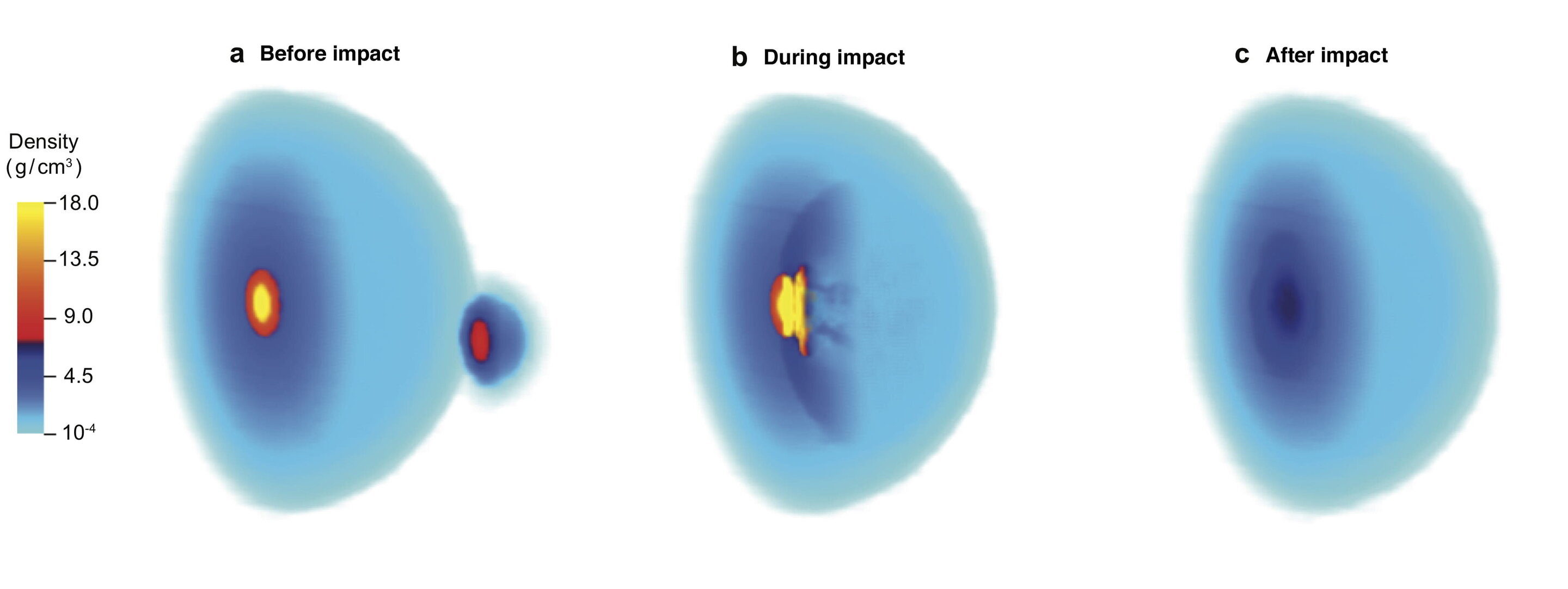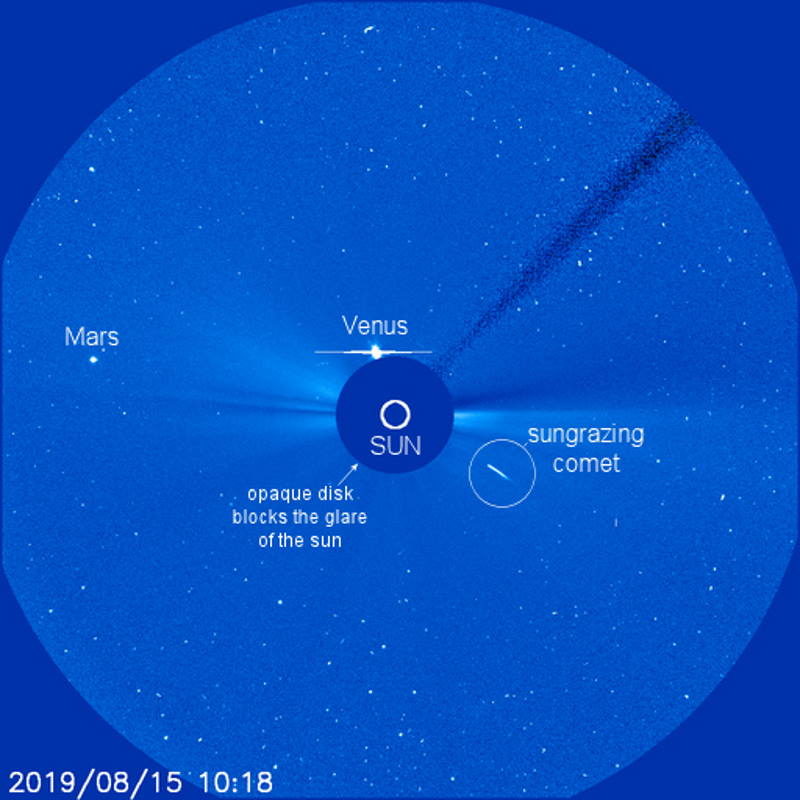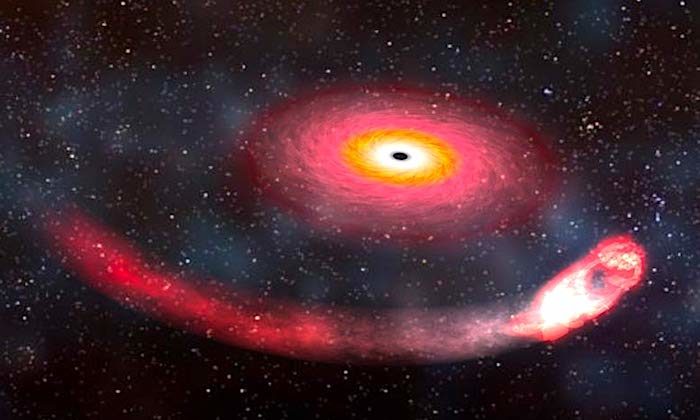
© sakkmesterke/Getty Images
Breakthrough Offers Promise for Enhanced Storage and Computation Capabilities
A team of physicists has uncovered a new state of matter — a breakthrough that offers promise for increasing storage capabilities in electronic devices and enhancing quantum computing."Our research has succeeded in revealing experimental evidence for a new state of matter — topological superconductivity," says Javad Shabani, an assistant professor of physics at New York University. "This new topological state can be manipulated in ways that could both speed calculation in quantum computing and boost storage."
The discovery, reported in a
paper on arXiv, was conducted with Igor Zutic at the University of Buffalo and Alex Matos-Abiague at Wayne State University.
The work centers on quantum computing — a method that can make calculations at significantly faster rates than can conventional computing. This is because conventional computers process digital bits in the form of 0s and 1s while quantum computers deploy quantum bits (qubits) to tabulate any value
between 0 and 1, exponentially lifting the capacity and speed of data processing.




Comment: The Pandora's Box of gene editing, AI, and about half a dozen other technologies - is wide open. In the pursuit of vast sums of money, much of the world will likely be made to suffer from "unintended consequences" because we are wielding scientific discoveries irresponsibly.
Then, one day in the not-too-distant-future, we'll be faced with some manner of disaster and ask ourselves a very impotent question that will likely be too late to learn from: "How in the hell did we allow this to happen?!"